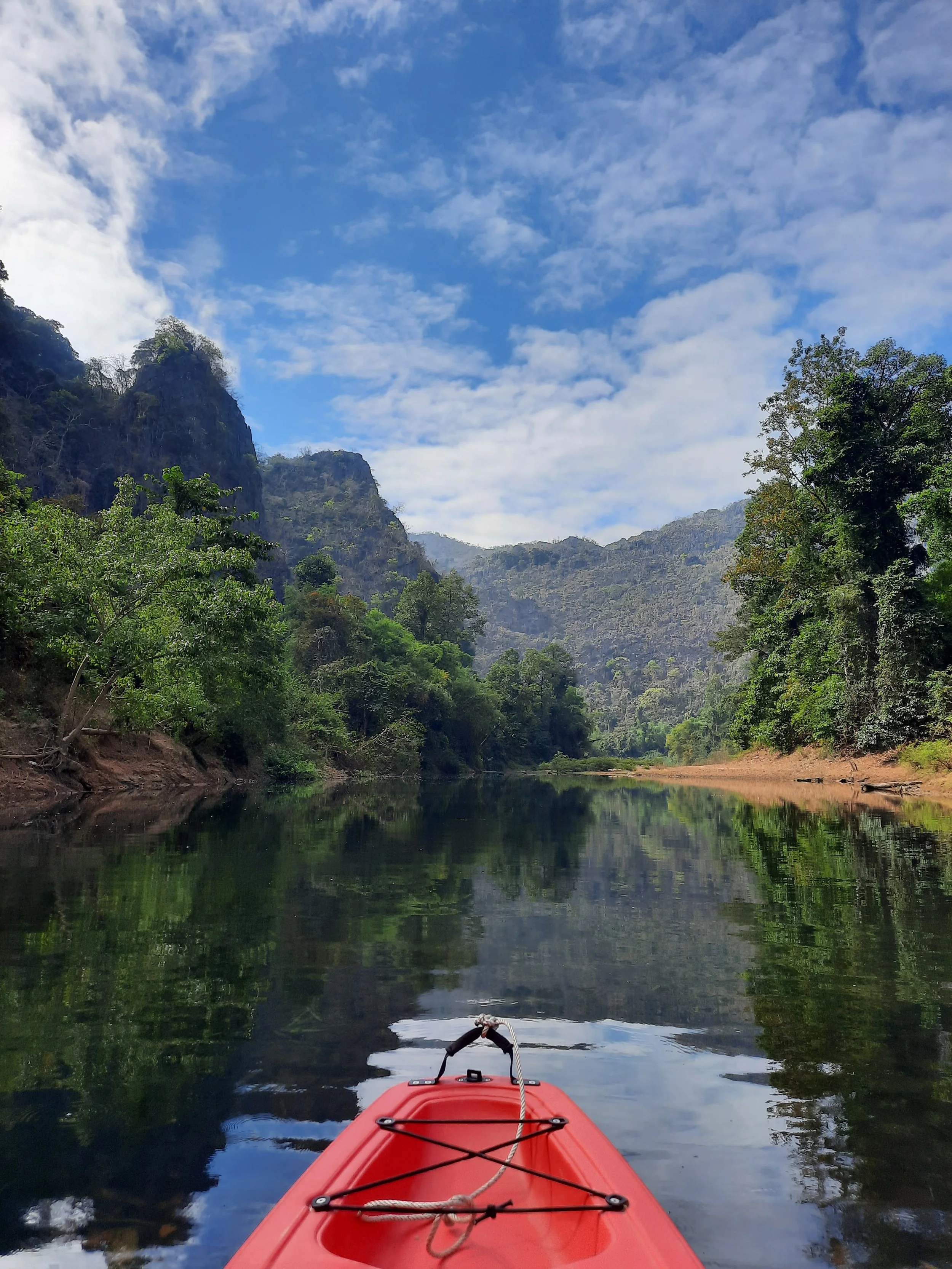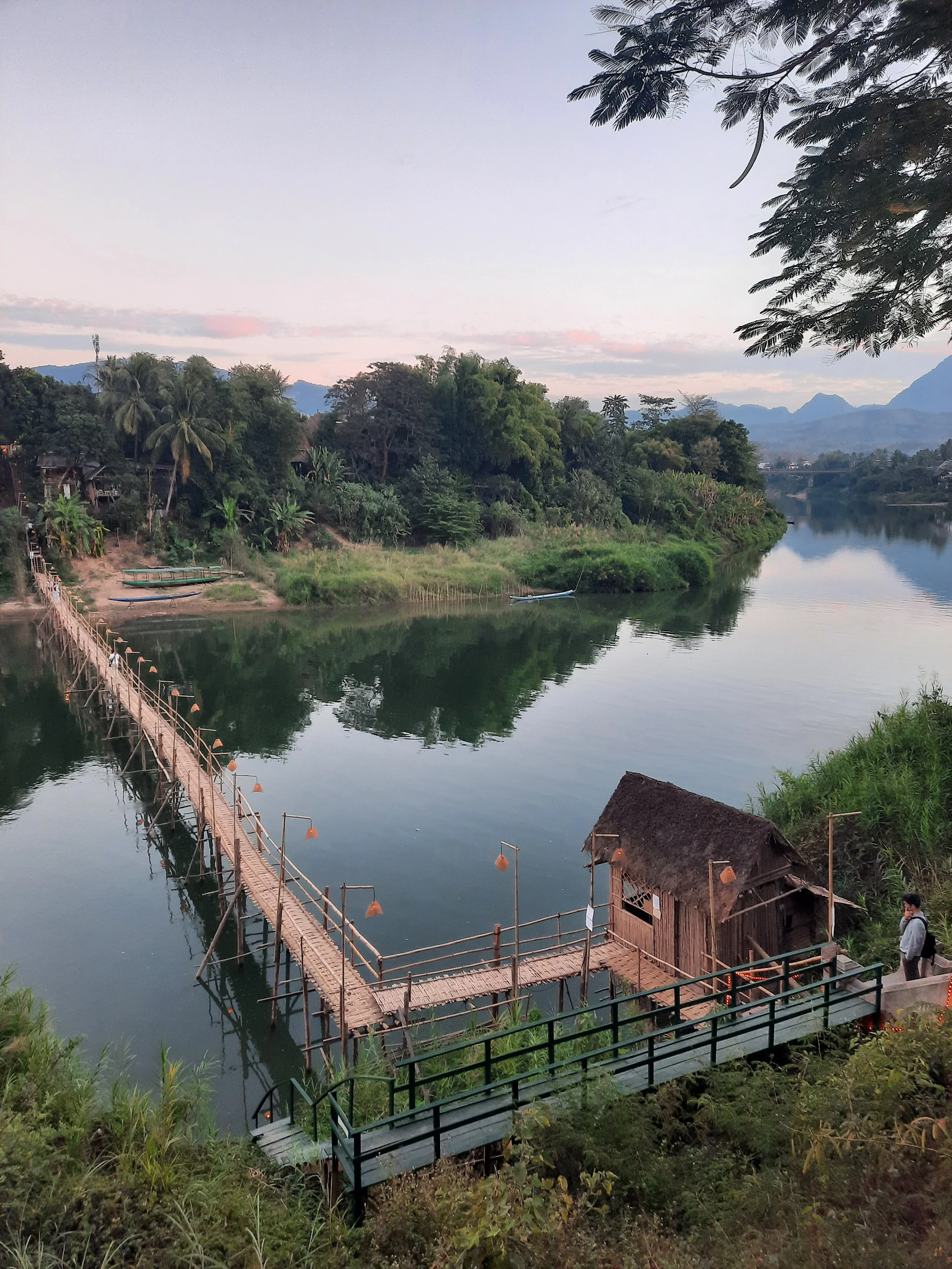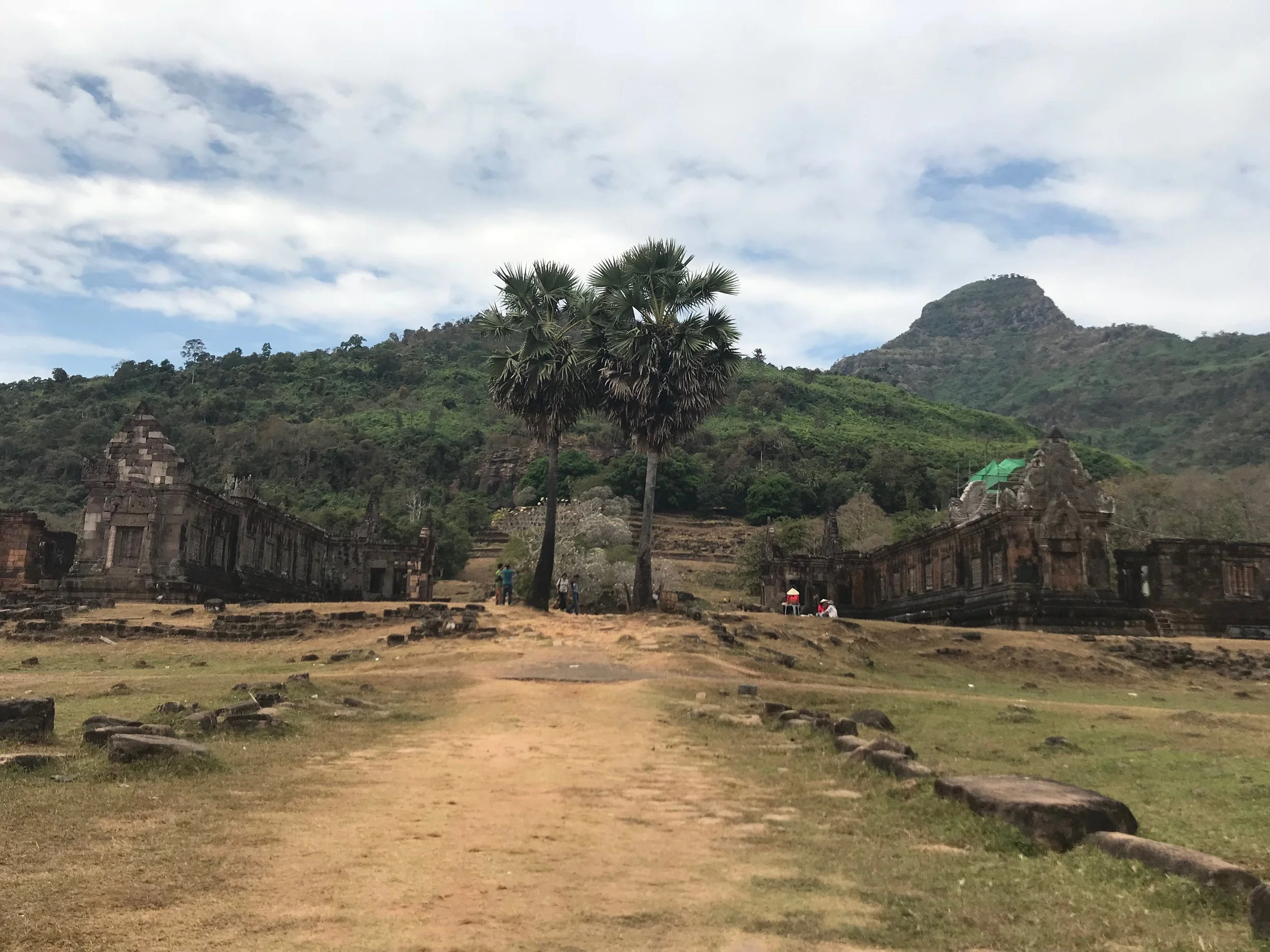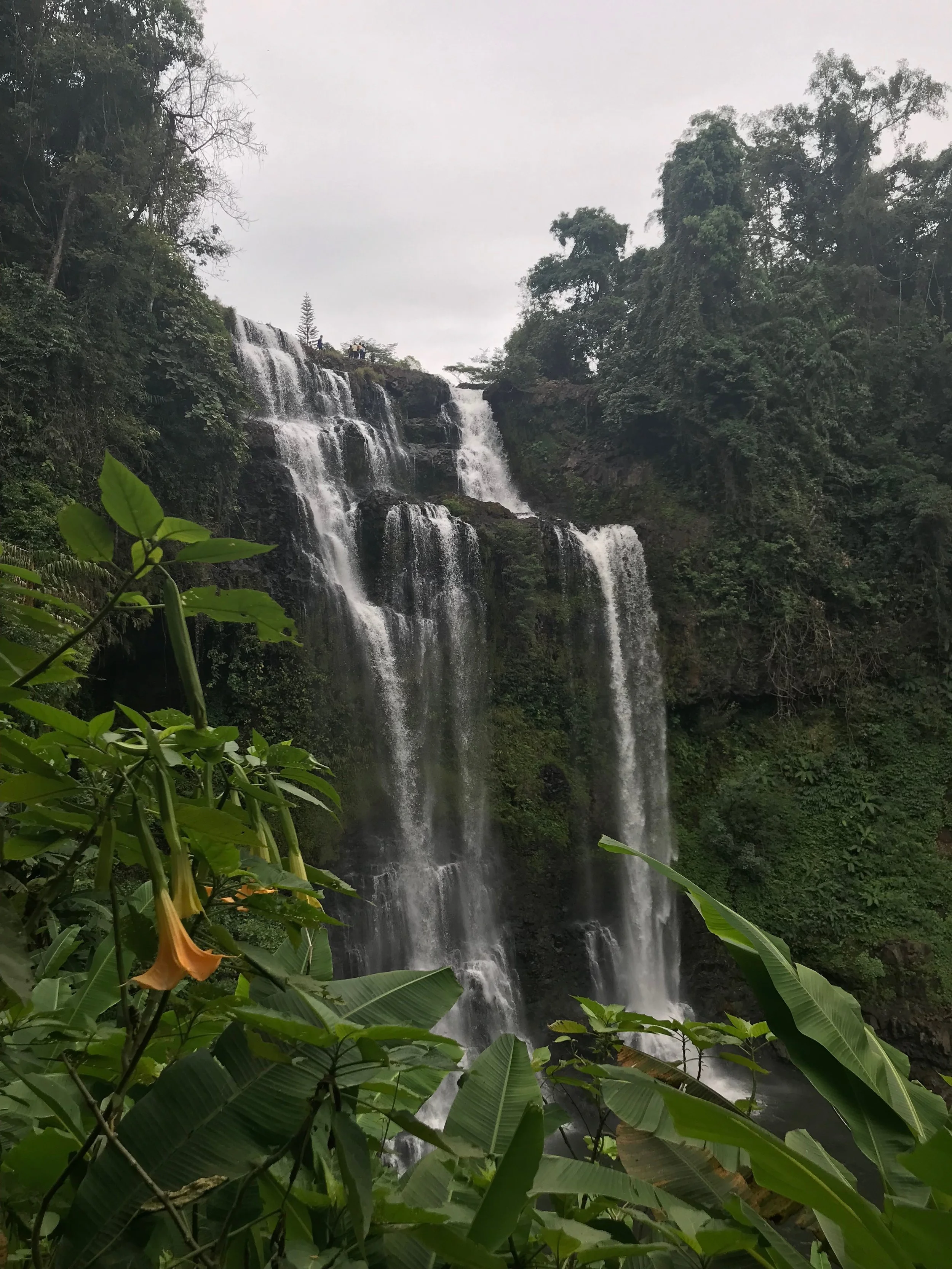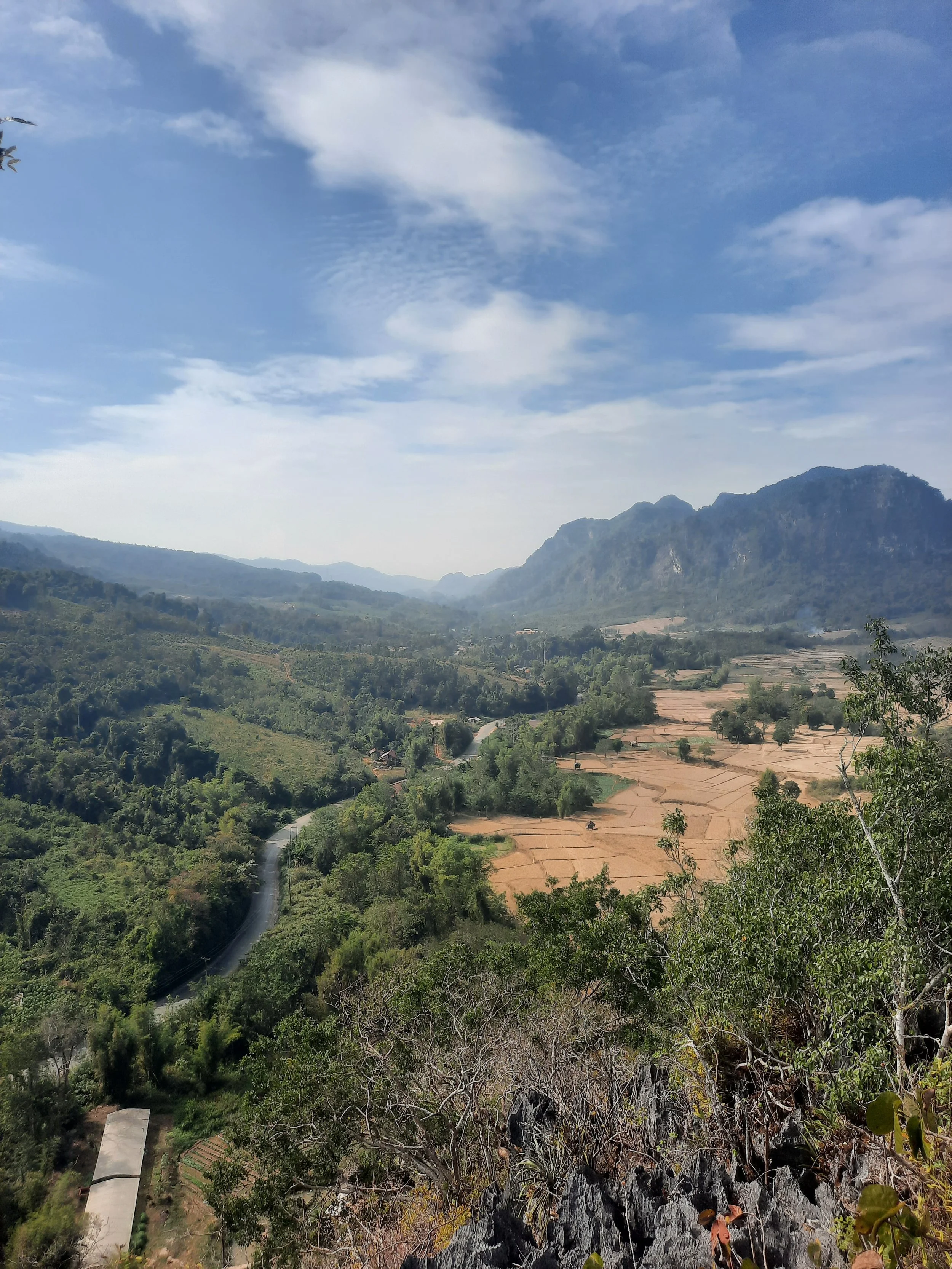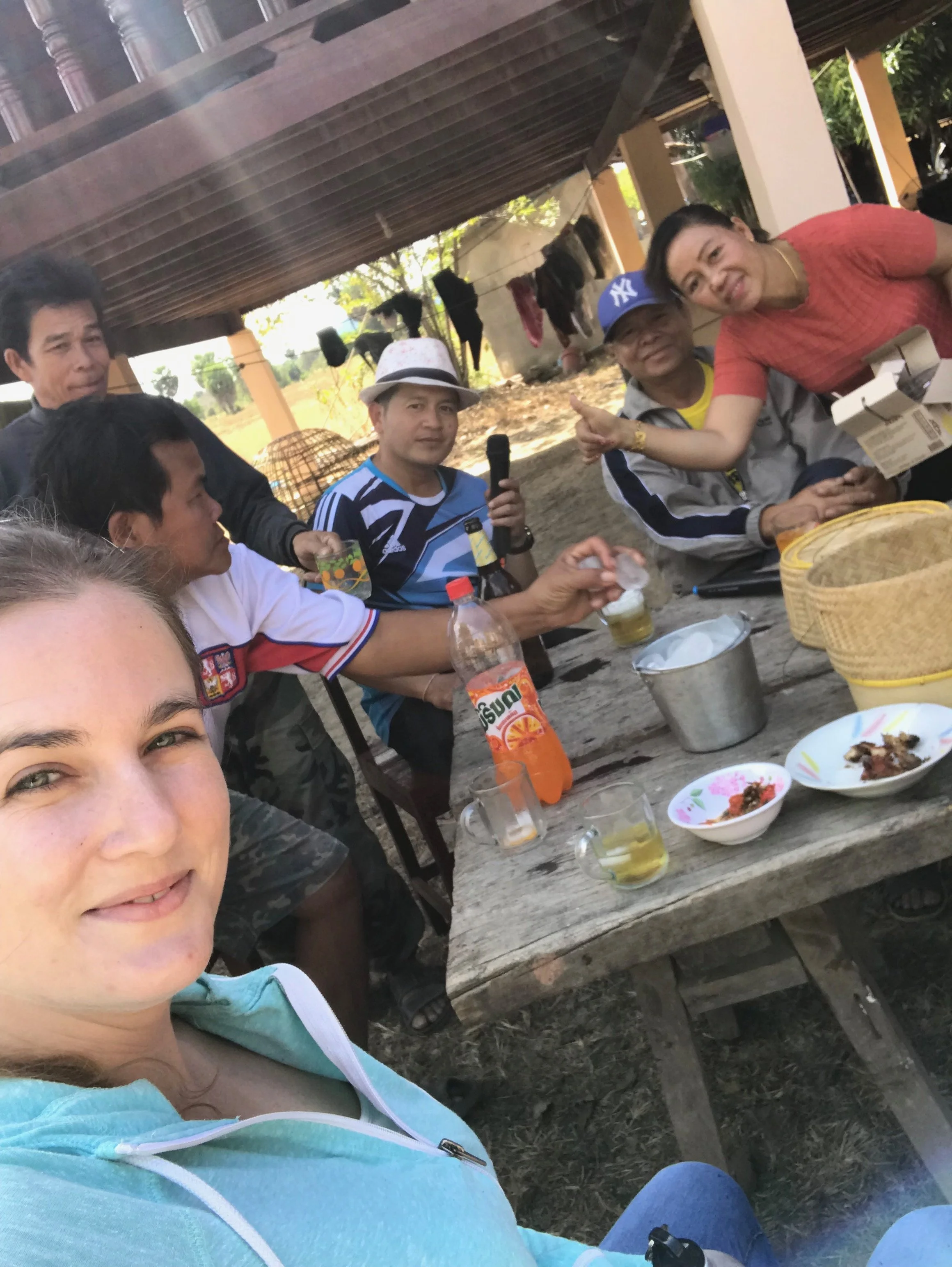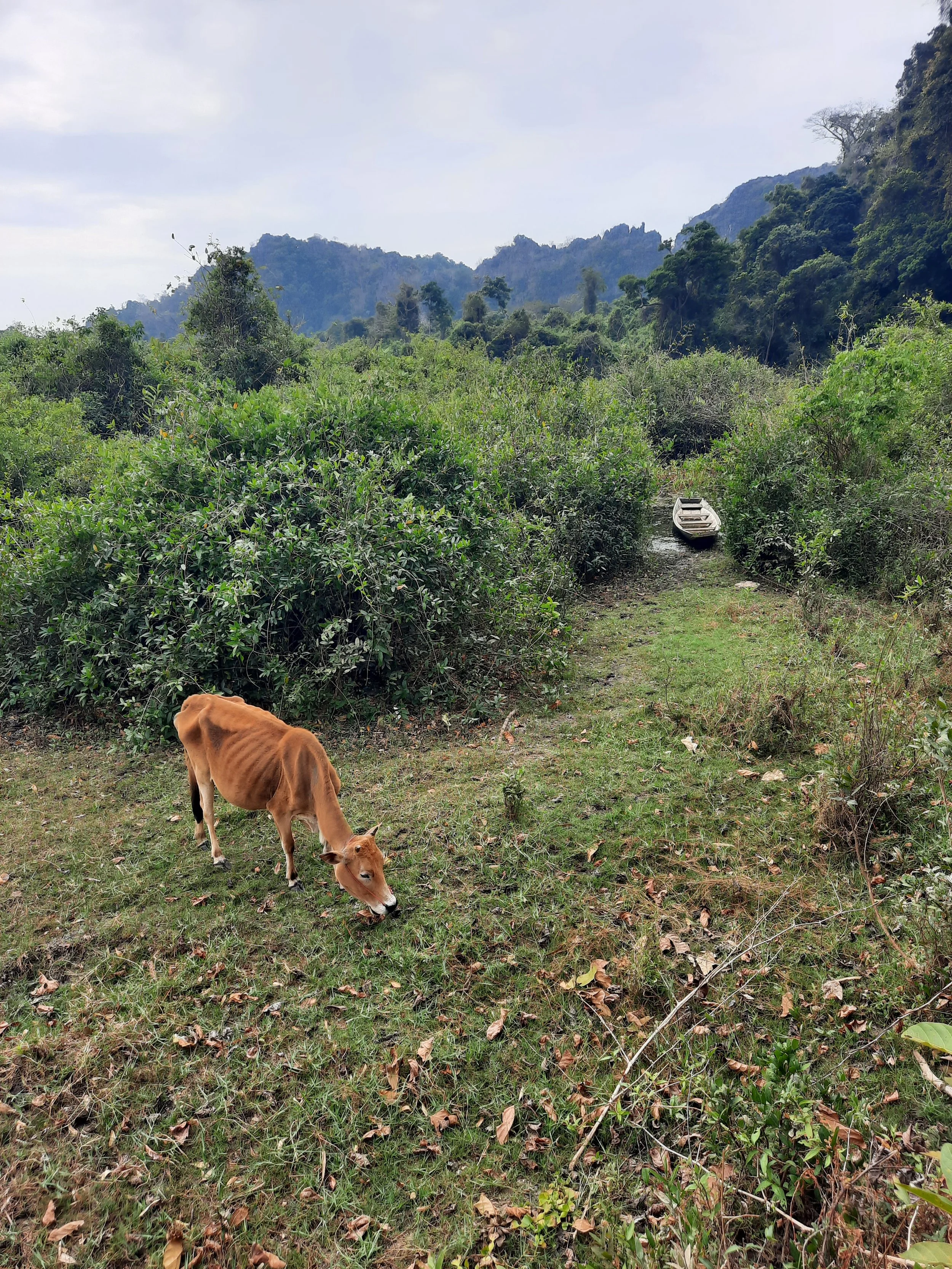My 3 Favorite Spots on Laos’ Thakhek Loop
The Hinboun River in Central Laos. Welcome to the first of many posts about my favorite place on Earth
My first visit to Laos, at the end of 2018, created a paradigm shift in my life. Up until then, I thought I knew what I wanted in life; I thought I understood what mattered.
I didn’t know shit.
(You can read more about how Laos threw a wrench in all my plans and priorities here.)
How I chose to visit Laos is how I approach most travel decisions: I home in on a part of the world I haven’t explored. I start looking into the well-worn destinations in that region. Then I find a less-popular neighboring country and book a flight without much thought or second-guessing. (It’s how I ended up studying abroad in Jordan during university, instead of, say, Egypt. It’s why I just recently booked an upcoming trip to Bosnia instead of Croatia or Montenegro.)
I’ve never fallen in love with a place as quickly, as completely, as I fell in love with Laos. There’s a peculiar magic in the air around Luang Prabang. Maybe it’s the heady mist hanging off the Mekong. Maybe it’s the wafting aromas of chili wood and lemongrass, of plumeria and jasmine. Maybe it’s all of this and something more; maybe the sum is greater than its parts.
Luang Prabang sits at the meeting point of two rivers: the mighty, fearsome Mekong and the Nam Khan, pictured here
Luang Prabang reeled me in (and is still one of my favorite places in the world), but it was southern Laos that ultimately clawed its way under my skin and would not—will not—let me go. On that first trip to Laos, I began in the north, in and around Luang Prabang, then spent a short time in the capital of Vientiane, then flew to Pakse, where I taught myself to ride a scooter (note to future travelers: Laos is not the place to learn to ride a motorbike. When I say ‘Don’t Follow Me,’ I’m urging you to learn from my recklessness) and set off on the Bolaven Plateau motorbike loop. (My first day on the scooter I did an easier excursion as a sort of ‘test run,’ driving across the Mekong and then south to the UNESCO site of Wat Phu.)
Wat Phu in Champasak Province. Similar to the temples you’ll find in Angkor Wat, with far fewer visitors
My first day on the Bolaven Plateau, I ended up teaming up with a couple other solo riders: a Lebanese-Canadian woman and a French man, and, later, another French couple. At the end of our trip, the Lebanese woman invited me to head further north with her to complete the Thakhek motorbike loop. My journey, however, was taking me further south—first to Si Phan Don (4,000 Islands) and then on to Cambodia—and so I declined.
And, for four years, Thakhek—and Laos in general—has been calling me back.
The Bolaven Plateau Loop is renowned for its breathtaking waterfalls (like this one, Tad Yuang); the Thakhek Loop, for its karst mountains and caves
Last month, after four years away, I finally made it back to Laos—this time, with my parents in tow. I’d been prattling on about Laos to them for four years, and when I told them I was returning, they were eager to see for themselves what the fuss was all about.
My initial plan was to send them off elsewhere for a few days while I completed the motorbike loop solo, but they insisted that they wanted to join.
Part of why I prefer to travel solo on my more adventurous excursions is that I hate the added pressure of keeping other people alive. It’s one thing to worry about keeping myself alive on a motorbike journey—it’s another thing entirely to worry about my parents.
And my worries were confirmed pretty much immediately when, within about 60 seconds of hopping on the scooters in Thakhek, my mom wiped out on a patch of gravel.
A bloody elbow this early on was our sign: ditch the bikes. Rent a car.
In retrospect, I’m thankful for this little accident: having now seen the Thakhek Loop, I can confirm a few things. First, the anxiety of keeping myself and my parents alive on that journey would have been so overwhelming that I wouldn’t have enjoyed it. Second, when I do eventually go back and do the loop via motorbike, I’m absolutely allotting more than four days for the trip. Four days by car felt rushed; four days by scooter would have left me feeling saddle sore at best.
Truthfully, there were moments on the loop when I thought to myself, “This would be incredible on a bike.” But the mode of transport doesn’t have much effect on the bigger picture, which is this: the Thakhek Loop is breathtaking. Weaving through karst mountains, hillsides thick with flora, past rivers and lakes and quaint villages, sharing the streets with goats and buffalo and cows and dogs and chickens… no amount of reading, no photos, no travel blogs could have prepared me for any of it. Nothing does it justice.
And that’s why I have no desire to relay the full, four-day itinerary to you. It’s been done a thousand times, and it will inevitably sell short the experience. The sum is greater than its parts.
But I will share with you the three times on the loop when I felt most overcome with awe.
1. Pha Katai Viewpoint
The view from Pha Katai
We hit the Pha Katai Viewpoint late in the afternoon on day one. Located next to the Linsomphou Guesthouse, the entrance to the viewpoint is at the far end of an empty, dusty lot. A man from the guesthouse strolls over to collect the entrance fee: 10,000 kip per person (or around $0.50). There are probably close to 1,000 steps up to the top of this massive karst formation: they are not for the faint of heart.
I head up without looking back, without waiting for my parents. It’s enough to worry about myself, one foot in front of the other, without worrying that one of them will tumble to their death before my eyes. (Focus on what you can control, I say: I can’t stop someone from potentially falling off a cliff, but I can spare myself the trauma of witnessing it firsthand. Don’t worry: everyone survives this story.)
The way up
Adrenaline is a hell of a drug: the vertiginous climb—up steps that seem to defy both gravity and good sense—sets my heart racing, and perhaps plays a role in making the view from the top even more spectacular. Colors are more vivid; details of the terrain are more pronounced. The sensation of wind against my skin is heightened; I feel every breeze with incredible awareness. The entire landscape unfurls beneath my feet.
2. Dragon Cave (and the Nearby Viewpoint)
The viewpoint above the Dragon Cave
Look, there are more impressive caves in Laos than this one; there are even more impressive ones on the Thakhek Loop. (The highlight of the loop is Kong Lor, the longest navigable cave on Earth; the experience of traversing it by boat is eerie and awe-inspiring.) But the Dragon Cave has this ethereal feel to it: I enter through a small series of steps, then hunch down to walk through a low sort of tunnel, along a raised bridge, surrounded by water. I can’t see particularly well in the dimly lit cave, but the fish follow alongside me in droves, eager to be fed, and I see and hear them nipping at the surface.
With little warning, solid ground reappears, the ceiling opens up overhead, and I am engulfed by cavernous silence. The air feels thick around me. The way out is not the way in: I climb up near the top of this immense cavern, along rocks that loom over the impenetrable darkness below, through a hole that opens up to reveal thick jungle at the surface. From there, I spot a sign for a viewpoint, and I’m off on another climb up another karst cliff. This one combines perilous staircases with a few scrambles up perilous rocks. I enjoy it even more than the last.
The way out of the Dragon Cave
The transition from cave to mountaintop somehow conspires to make this viewpoint even more magnificent than the one at Pha Katai—well, that and the fact that we’re now right in the heart of karst valley, and the landscape here is unimaginably beautiful.
3. Kayaking down the Hinboun River
Beautiful solitude on the Hinboun River
My approach to travel usually involves what I refer to as ‘flexible planning:’ I have a general itinerary, a Point A and a Point B and an approximate timeline, but everything in the middle is left relatively unfixed. There’s a general plan, but I leave room to play around with the particulars—like the first time I visited Laos, when I ended up shortening my time in Cambodia so that I could spend a couple extra days on Don Khon, visiting small waterfalls and drinking Beerlao with locals.
New Year’s Day 2019: how I spent my extra time on Don Khon
This kind of flexibility is also how I ended up spending a day kayaking solo down the Hinboun River—an experience that turned out to be one of the absolute highlights of my trip.
At the end of our second day on the loop, we arrive at SpringRiver Resort, a gorgeous getaway just a short distance from Kong Lor Cave. We don’t arrive until dusk has fully settled in, but the minute we show up at the gate, I’ve already decided to extend our stay from one night to two. My parents are fully on board with this change of plans: I’ve exhausted them with caves and climbs and all sorts of adventures for two straight days, and they need to rest up.
Gorgeous riverside bungalows at SpringRiver Resort
The next morning, I leave them at the resort and set off by kayak for a 15-kilometer journey down the Hinboun River. It’s the dry season, and the water is not particularly high or fast-moving. For the first hour and a half, I see no other people: just water buffalo, goats, cows, pigs, chickens, and ducks. I weave with the river past karst cliffs, densely packed trees, thick patches of river weed, and low banks with tall grasses. Eventually, I see a woman and her children on the riverbanks. A man swims nearby, carrying a large bamboo pole, engaged in some activity that is undoubtedly related to sustenance, but one that is unfamiliar to me. He says something in Lao that I don’t understand. I smile, say sabaidee, and continue my leisurely paddling.
Pigs on a riverbank
I pass through several villages. The children always spot me first. “Falang! Falang!” I hear them shouting: foreigner! Foreigner! They run out into the water to say hello. I am a novelty on this river—not only for the people, but for the herds of water buffalo who stand eerily still while I pass by, eyes following me cautiously downstream.
Women, covered in wrap-around garments, bathe at the edge of the river. One laughs as I get stuck in a shallow and have to stand in order to drag my kayak to deeper waters.
On and on the river snakes along. The four tiny villages along the way are only brief interruptions to the overwhelming feeling of solitude. I move slowly, stopping every now and then on some secluded riverbank to stretch my legs and dig my toes into the mud. I don’t want it to end. I want to spend all my days on the river. I want to be fed by it, bathed by it; I want to live and die by its power and its mercy.
A karst cliff looming over the river
I think, in Western societies, we do a tremendously shitty job of contemplating death. Our societies are built around efforts to distract and insulate ourselves from its inevitability. We obsess over our careers, over money, over ways to immortalize ourselves—whether through “remarkable” human achievement or by securing our seat in some divine afterlife. I think we would all be better off if we spent more time really grappling with the reality, the unavoidability of death: the utter finality of personal death on the one hand, and the inexorable march of time on the other.
I finished my kayaking trip in a small village downstream, where I had a delicious meal of fried fish and sticky rice (and Beerlao) before heading back to the resort
You know that feeling you get when you’re standing on the edge of a magnificent cliff, atop some fearsome canyon or a towering mountainside or even a skyscraper, and all you can think about is what would happen if you threw yourself off it? And it’s not some suicidal urge, because the thought is genuinely terrifying to you, but it’s still there, at the peripheries of your consciousness. That is the kind of contemplation on mortality that we’d be better off doing more of. Because it’s ultimately in those moments—when I’m standing on a precipice, or I’m fully at the mercy of nature, fully reliant on my own body and mind for survival and made fully cognizant of that fact—that I feel most alive.
In Laos—where capitalism has not yet taken hold in the way it has in neighboring countries, where local Buddhist traditions reject material attachments, where man’s interventions and attempts to reign in the awesome forces of nature are still more limited, where people still live and die by the river—you can still find the solitude, isolation, and unspoiled natural splendor necessary to really sit with your own mortality.
You will never feel quite so alive.
Thakhek Loop, January 2023

